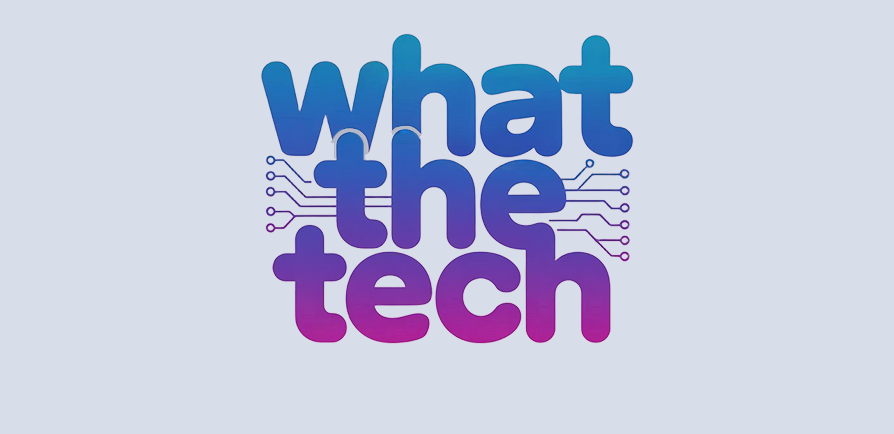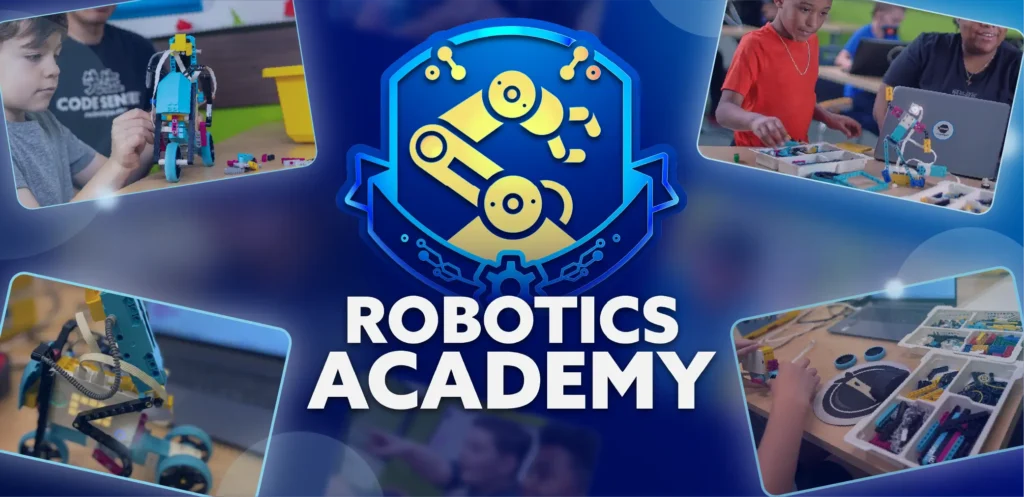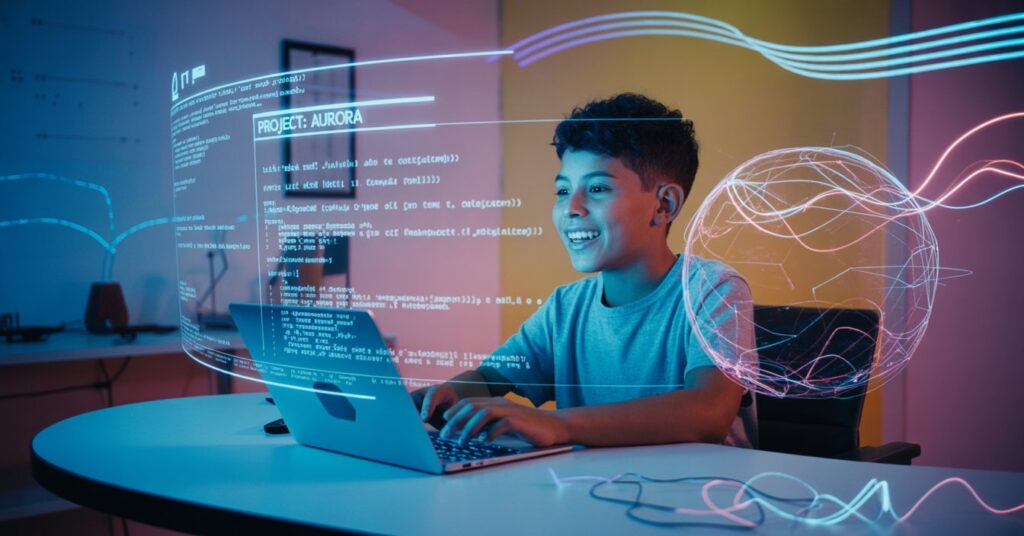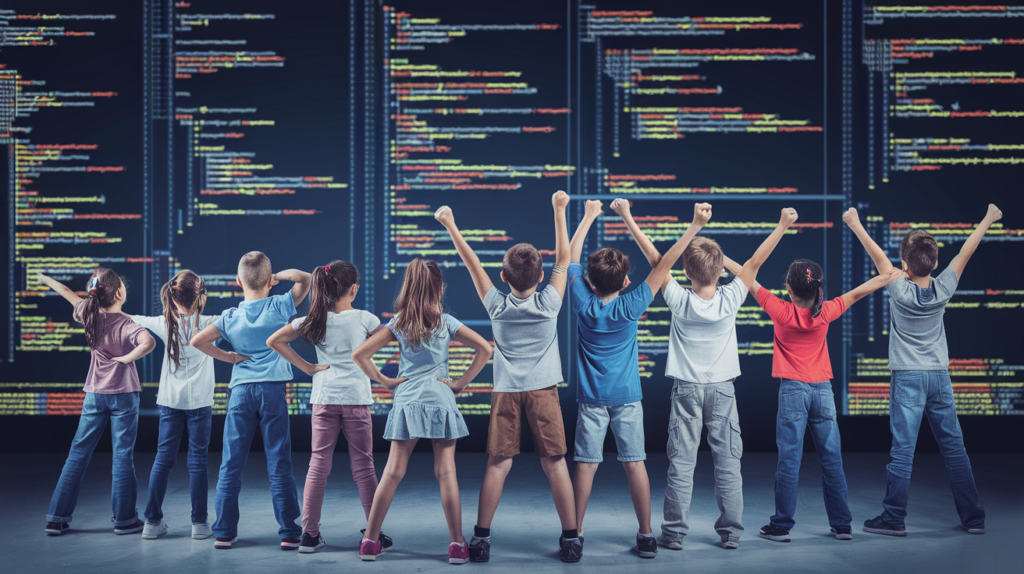Kids today can stream YouTube on 3 different devices, FaceTime their grandparents, and game with friends halfway around the world, all before lunch.
But knowing how to use technology isn’t the same as knowing how to understand it.
That’s where digital literacy comes in—and it might just be the most important skill your child can learn right now.
Digital literacy equips kids to explore the online world with safety, smarts, and confidence.
It’s not just about knowing which button to click. It’s about:
• Finding reliable info (and spotting the fake stuff!)
• Thinking critically about content (is that TikTok trend real, or just really wrong?)
• Communicating online safely and respectfully
• Understanding how tech works behind the scenes (yes, even the algorithms)
In short: digital literacy turns kids from passive tech users into smart tech ninjas. When kids have these skills, they’re not just scrolling—they’re in control.
A Quick History of Digital Literacy
The idea of “digital literacy” isn’t new. Back in the 1980s, kids were learning to navigate computers with floppy disks, MS-DOS commands, and the occasional round of Oregon Trail (RIP to all those virtual wagon parties lost to dysentery).
Fast forward to today, and kids are tapping through apps, chatting with voice assistants, and playing games on smart devices, often before they’ve even learned to read or write. The challenge has shifted from just using the tools to understanding how they shape the world around us.
Marc Prensky coined the term “digital native” in 2001 to describe kids growing up with technology. But here’s the kicker: being a digital native doesn’t automatically mean being digitally literate.
A Stanford study in 2016 found that 82% of students couldn’t tell the difference between a real news story and a sponsored ad. More recently, a News Literacy Project study found that 8 in 10 students regularly encounter conspiracy theories — and 81% believe at least one. That stat should make every parent pause.
Remember when school projects meant card catalogs and encyclopedias?
Now, your kid can type a question into ChatGPT, Copilot, or Google and have an answer in seconds. That’s incredible, but also risky.
Digital literacy isn’t just a “nice to have” skill anymore. It’s a must-have for school, future jobs, and just everyday life. Without it, kids risk falling into the trap of believing misinformation, oversharing online, or missing out on opportunities to create instead of just consume.
When kids are digitally literate, they’re more likely to:
• Make safe choices online
• Understand the tech they use every day
• Be creators, not just consumers of digital content
• Build confidence for the STEM-powered careers of the future
Digital Literacy is a Life Skill
In 2020, UNESCO named digital literacy a core skill for the 21st century, as important as reading and math. Kids who lack these skills risk a “participation gap” leading them to miss out on school opportunities, future careers, and even the ability to spot misinformation in daily life.
Meanwhile, kids who master digital literacy gain:
• Critical thinking skills
• Creative confidence
• Problem-solving abilities
• Collaboration and teamwork experience
• A head start on the tech-powered jobs of the future
The Best Part: Kids Love This Stuff
Every time your child:
• Builds a robot that works
• Codes their first playable game
• Sees an AI-generated animation come to life
…they’re having fun and building the digital literacy skills that will set them up for success in school, careers, and everyday life.
⸻
The Takeaway
Digital literacy isn’t just a buzzword. It’s the key to thriving in a tech-powered world.
At Code Ninjas, we help kids go beyond tapping and swiping to thinking, creating, and leading in the digital age. Because the future doesn’t wait and neither should they.












